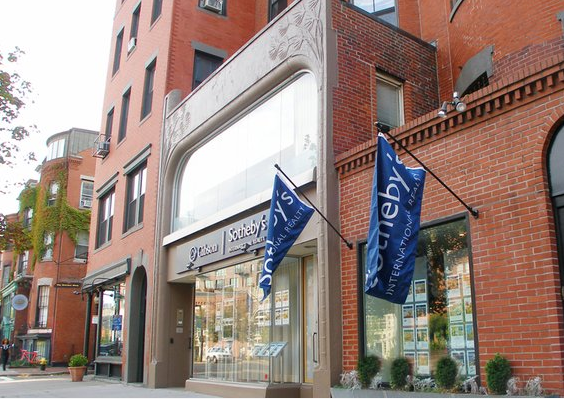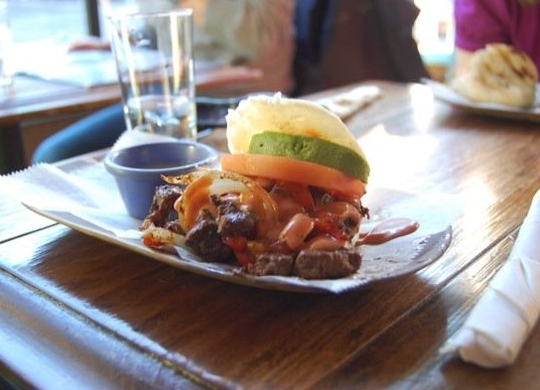As we leave the warm and humid days of summer behind, the cold, dry weather of winter is starting to settle in. The generally warmer temperatures we have been experiencing in Massachusetts have made many people question if true winter is ever coming. But even though you’ve barely noticed a change in the weather,your skin, nails, and lips most definitely have and no doubt that they are starting to show. Whether its dry skin, cracked hands, or chapped lips! Survive the harshness of winter with the following few helpful suggestions:
Face- Exfoliate &Moisturize!
The combination of wind and a lack of sunlight have the unfortunate effect of drying out your skin. Get your glow back by exfoliating, and moisturizing. While in the shower (when your skin is soft and your pores are open), gently scrub your face with an oil-free exfoliating wash. Then, right after the shower, apply a moisturizer. Moisturize your face both morning and night and fight the dry, flakes of winter skin!
Hands and Body-Drink It In!
Sometimes wearing gloves when you are out in the cold is just not enough to prevent your hands from painful cracking. Probably one of the best things you can do to fight winter dryness is to drink water! You can also incorporate inside-out moisturizers, like fish or vitamin E oil capsules, or flax seed oil, to help your body produce enough lipids to keep you soft and smooth.
Caffeine and alcoholic drinks can also dry you out, so if you’re into sipping your sins, be sure to increase your water intake, and carry your moisturizers (one for face, one for the rest of your skin) around with you and use whenever your skin needs “a drink of moisture”
If you’ve got itchy winter skin, use a scrubbing loofa or a body brush to remove any and all flakes while in the shower or bath. Then, you guessed it! Liberally apply lotion/body butter as soon as you get out.
Lips-Don’t Let Winter Lick You!
The skin of your lips isn’t like your other skin; it doesn’t produce sweat, natural oils that help skin stay supple on its own. When you lick your lips you are accelerating the damages already being done by the winter weather. So to protect your pucker from the harsh conditions of winter- be sure to keep them hydrated.
To care for your lips, run a facecloth under some warm water, then, gently, rub your lips with the facecloth to remove any dead, dry, flakey, chapped skin. Then slather on a heavy moisture and keep some with you to re-apply throughout the day. Be sure to drink plenty of water, and try to keep the lip-licking to a minimum.
Vargas & Vargas wishes everybody a safe and happy holiday season!






















